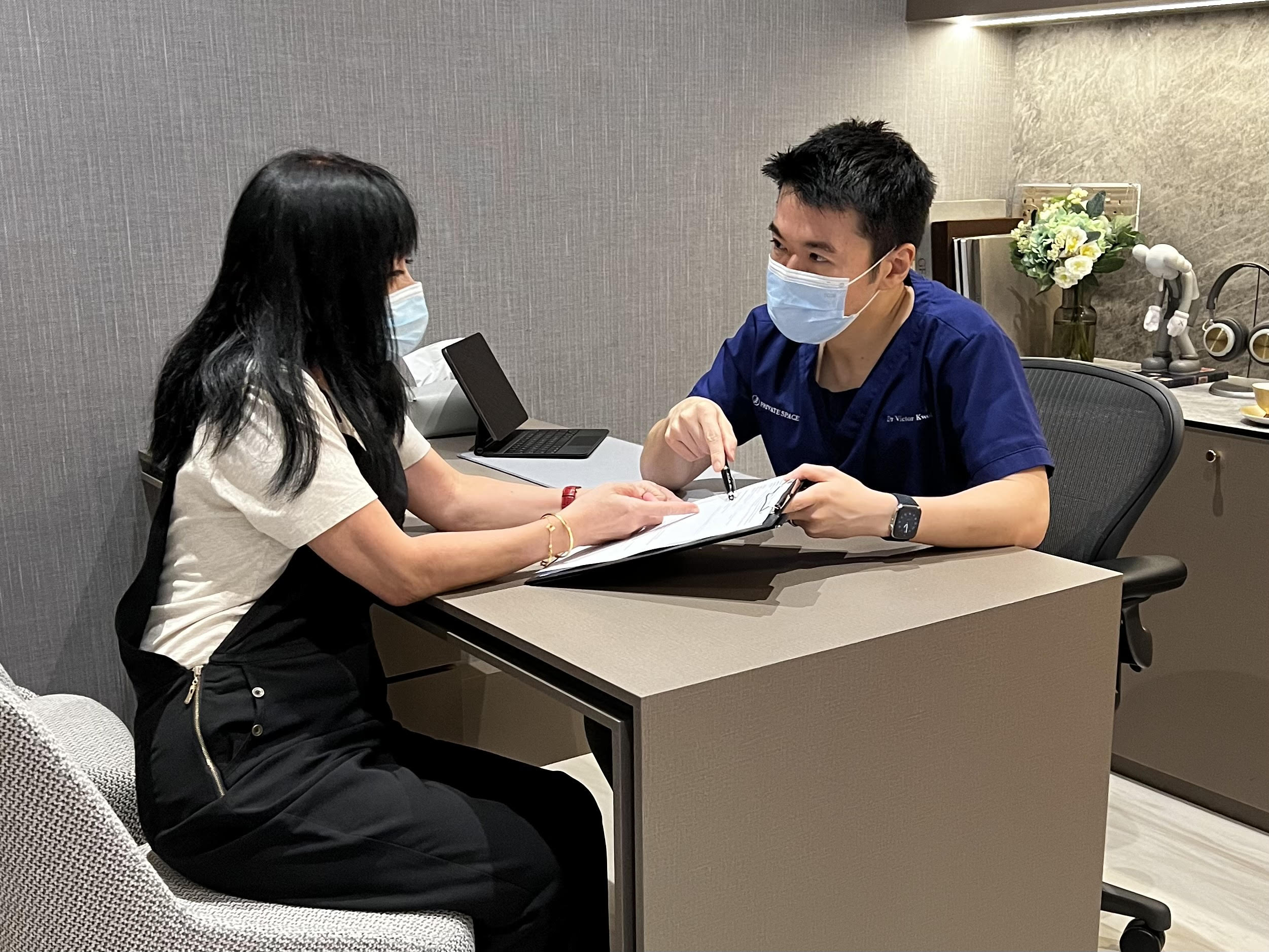
What is it?
ADHD is a neurodevelopmental condition that affects approximately 4.4% of adults1. It was previously believed that children with ADHD outgrow the condition as their brains “mature” with age, but it is now known that up to 15-65% of children with ADHD will have their symptoms persist well into adulthood2. In adults, the hyperactivity component of the disorder is often ameliorated but the attention-deficit component persists and may cause difficulties in their work performance and social relationships.
Adult ADHD is characterised by a pervasive inability to sustain attention on important tasks, despite effort. People with ADHD also struggle to organise their workspaces and keep to deadlines. They get bored very easily and others may perceive them to be day-dreamy and preoccupied in their internal thoughts. They are also very forgetful and fail to pay attention to detail. This may manifest as careless mistakes in their work, or insensitive remarks and tactlessness in their social interactions with colleagues. Workers with ADHD often engage in procrastination to the extent that it results in severe anxiety and stress as the deadline approaches. ADHD is often co-morbid with anxiety, depression, insomnia or other psychological disorders3.
As per the DSM-5 diagnostic criteria, a diagnosis of Adult-ADHD requires the symptoms and impairments to have started from childhood. The symptoms should be apparent across all domains of the person’s life, and not merely limited to the workplace.
How does returning to office affect them?
During the pandemic and WFH periods, workers with ADHD had the flexibility to structure their days, free from the confines of traditional work hours. Some might have founds new ways and routines to stay productive, such as by multi-tasking or interspersing their work with small breaks and distractions. Others might have struggled with the lack of structure and found themselves engaged in less productive activities such as gaming or mindless scrolling of social media. Regardless, both groups will have to re-adjust to returning to work.
People with ADHD often have very poor time management and turn up late for work. They thrive on novelty and challenges. Returning to work for the first few weeks may present a novel refreshing experience and they find themselves better able to focus and enjoy their work. However as time passes, the novelty fades and symptoms of inattention, distractibility and impulsivity may emerge.
Adapting to a new structure can be daunting for people with ADHD as they are naturally bad at planning and organising. The lack of stimulation at work can lead to boredom. Distractions such as noise in an open office and colleagues coming to them can lead them to be unfocused and unproductive.
How to help them?
There are many lifestyle and cognitive strategies that can help with ADHD. Breaking up big tasks into smaller ones help to make work more manageable and less daunting, reducing the tendency to procrastinate. Having to write down a to-do-list or setting arbitrary deadlines will also help them progress towards a goal. If the workspaces are too messy, taking time to declutter and organise the spaces will facilitate clarity of thought and reduce distractions.
To further minimise distractions, find a quiet space to work; use noise-cancelling headphones; come in early before others; face a wall; clear the desk and put the phone away. For those who lose track of time, use a stopwatch or set alarms on clocks. Short breaks for a stroll along the corridor or to the toilet can help those with hyperactivity.
If symptoms are severe, medications may be considered. They come in immediate-release (four-hour) and extended-release types (eight- and twelve-hour duration)4. Side effects include loss of appetite, insomnia, palpitations and headache. Persons with ADHD often report major improvements in their focus and productivity with medication.
Superiors can help by giving clear instructions and setting clear expectations. Being firm but nurturing and affirming over time helps the ADHD person understand and manage the demands of work. Have an honest conversation with the ADHD person to how the company can support them. They thrive and are able to hyper-focus when the tasks are interesting, novel and challenging to them. Ultimately knowing the strengths and weaknesses of the individual worker is essential in helping them maximise their potential and contributions to the workplace.